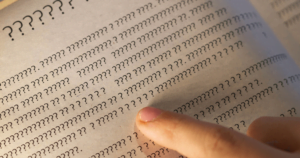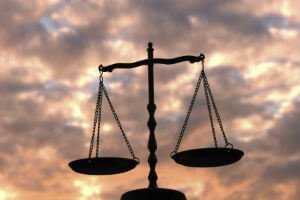In Indiana, and in fact in any state, the onus is on the plaintiff and their attorneys to establish the liability of a second party in their injury, wrongful death, or malpractice case. In a jury trial, the plaintiff must convince the jury, using evidence and testimony from witnesses and experts, of the defendant’s liability.
This can be tricky, and isn’t exactly a science, but an experienced South Bend personal injury lawyer can get a good sense of what type of evidence (and how much) is generally sufficient to convince a jury of the plaintiff’s liability.
When you’re pursuing a case, your attorney is likely to ask you a lot of questions, and he or she is going to need specific answers and documentation (such as medical bills) to build a strong personal injury claim. These are the evidence he or she will be compiling to build your case, and getting as much information as possible together is an important way to work with your attorney.
However, be sure to only focus on the specific details of your case; your attorney already possesses a high level of expertise regarding personal injury cases in general, and has a wide variety of sources and experts from which to draw critical information and testimony.
Once your attorney has the specific details of your accident in hand, they will begin to apply this general expertise, and construct the case.
Often, in order to avoid a costly and lengthy jury trial, a defendant who is presented with sufficiently strong evidence against them will be convinced by their lawyers to enter into settlement negotiations. This is often ideal, because it gains the plaintiff the justice they need in a much shorter period of time, without the long and difficult process of a jury trial.












